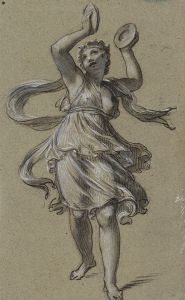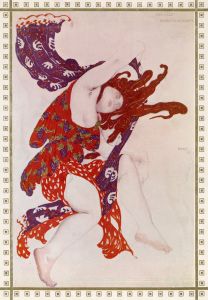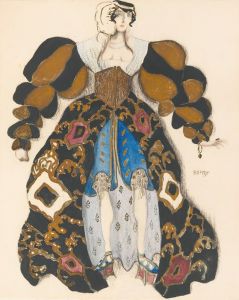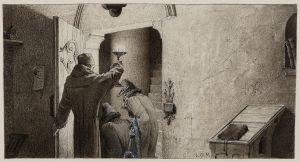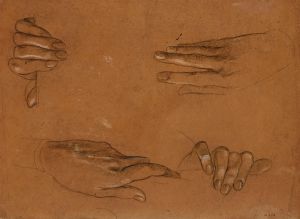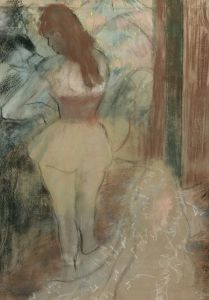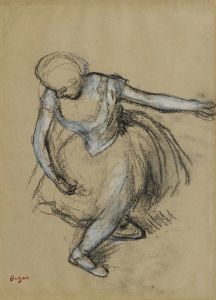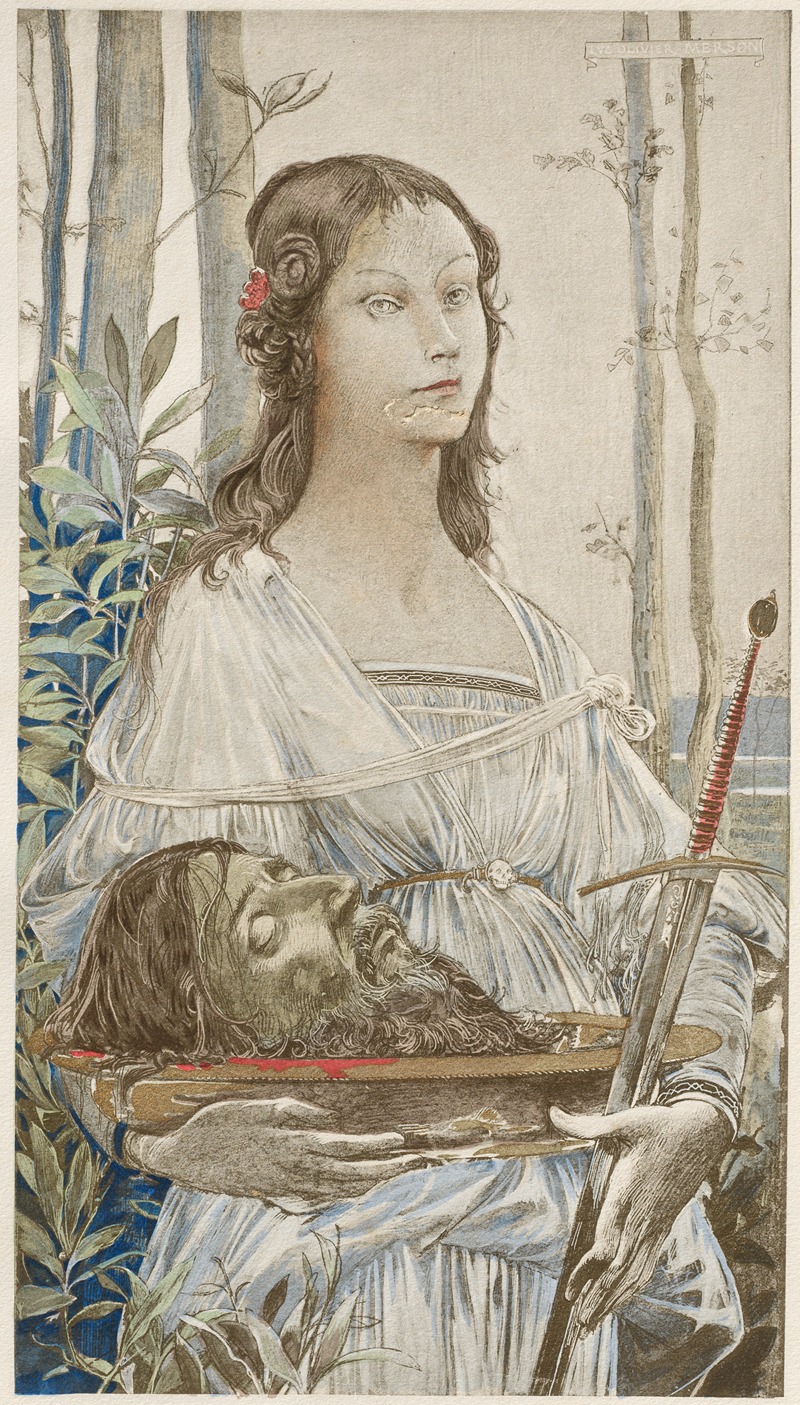
Salomé
A hand-painted replica of Luc-Olivier Merson’s masterpiece Salomé, meticulously crafted by professional artists to capture the true essence of the original. Each piece is created with museum-quality canvas and rare mineral pigments, carefully painted by experienced artists with delicate brushstrokes and rich, layered colors to perfectly recreate the texture of the original artwork. Unlike machine-printed reproductions, this hand-painted version brings the painting to life, infused with the artist’s emotions and skill in every stroke. Whether for personal collection or home decoration, it instantly elevates the artistic atmosphere of any space.
"Salomé" is a painting by the French artist Luc-Olivier Merson, created in 1876. Merson, born in Paris in 1846, was a notable painter and illustrator of the 19th century, known for his historical and religious subjects. He studied at the École des Beaux-Arts under the tutelage of Gustave Chassevent and Isidore Pils, and he won the prestigious Prix de Rome in 1869, which allowed him to study in Italy.
The painting "Salomé" depicts the biblical figure Salome, who is often associated with the story of the beheading of John the Baptist. According to the New Testament, Salome was the daughter of Herodias and the stepdaughter of Herod Antipas. Herodias harbored a grudge against John the Baptist for condemning her marriage to Herod, which was considered unlawful. During a banquet, Salome performed a dance that pleased Herod so much that he promised to grant her any wish. Prompted by her mother, Salome requested the head of John the Baptist on a platter, a request that Herod reluctantly fulfilled.
Merson's "Salomé" captures the moment after the dance, focusing on the figure of Salome herself. The painting is notable for its dramatic use of light and shadow, which highlights Salome's figure against a dark background. Merson's attention to detail and his ability to convey emotion through his subjects are evident in this work. Salome is depicted with a serene yet enigmatic expression, holding a platter, which alludes to the gruesome request she made.
The composition of the painting is carefully balanced, with Salome positioned centrally, drawing the viewer's eye directly to her. The use of rich, deep colors adds to the painting's dramatic effect, creating a sense of tension and anticipation. Merson's technique showcases his mastery of the academic style, with precise brushwork and a meticulous approach to rendering textures and fabrics.
"Salomé" was exhibited at the Salon of 1876, where it garnered attention for its striking portrayal of the infamous biblical character. The painting reflects the 19th-century fascination with Orientalism and biblical themes, which were popular subjects in European art at the time. Merson's interpretation of Salome is both captivating and unsettling, capturing the complex interplay of beauty, power, and moral ambiguity.
Luc-Olivier Merson continued to have a successful career, contributing to various public and private commissions, including illustrations for books and designs for stained glass windows. He was also a professor at the École des Beaux-Arts and a member of the Académie des Beaux-Arts. Merson's work, including "Salomé," remains an important part of the 19th-century French art canon, reflecting the artistic and cultural currents of his time.
In summary, Luc-Olivier Merson's "Salomé" is a significant work that exemplifies the artist's skill in depicting historical and biblical subjects with dramatic intensity and emotional depth. The painting's composition, use of light and shadow, and attention to detail make it a noteworthy example of 19th-century French academic art.





